It is a marvel of modern engineering that allows microscopic red, green, or blue filters to be placed over individual light-sensitive cells on a camera sensor allowing us to capture the full range of colours of the scene in front of us. Software gives us the ability to manipulate those colours, even changing the relationships between colours. How we adjust the various colours can have a huge impact on the tonal values of an image.
Here is an unaltered RAW capture of three elephants grazing on the Masai Mara. As we were driving back to camp for lunch I was intrigued by what I was seeing in the sky. The powerful deep blues and the fluffy white clouds were very dramatic. A wide angle lens (20mm) and a polarizer added to that drama. I exposed for the clouds because they were the most significant players in the scene. The elephants and the trees played supporting roles. The fact that there were three of each was a happy accident.
Back home in Lightroom I set to work to start shoving the colours around to increase the drama in the scene and try to convey some of the exhilaration I felt on that day in the Mara. The big open spaces and hugeness of the sky are things you need to experience to really grasp. But Lightroom allowed me to help you to get a bit of a sense of what it would have been like if you could have been there with me. Here is what I came up with.
This was accomplished with the following Lightroom adjustments. I brightened shadows, increased clarity, and lowered the whites slightly to bring back some detail that was blowing out in the clouds.
I found that the blue of the sky and the green of the grass were too close in tonality. Despite the tremendous depth in the scene, the image still looked flat.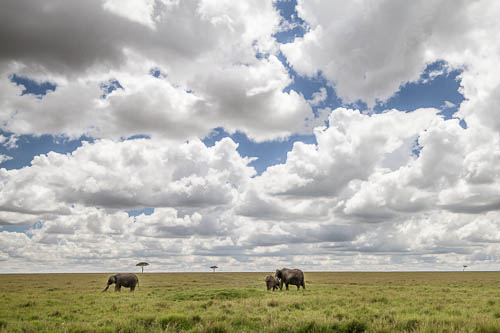
Dropping down to the HSL panel I deepened the blues of the sky by reducing the luminosity and then I increased the brightness of just the yellows and oranges on the grass. This not only brightened the scene and increased the feeling of depth, but it also added some interest in the grass by more clearly defining the darker clumps of green.
A slight tone curve adjustment enhanced the contrast in the sky and the grass while leaving the shadows and highlights alone.
Here is the final colour version.
I was really starting to like the textures of the grass and the clouds, and the elephants for that matter. If you want to show off texture, you remove colour. Colour distracts us from texture. Without colour our brains look for other sources of information and texture becomes far more evident. Here again is the black and white rendition of the scene converted in Silver Efex Pro 2.
In the black and white conversion process I was able to further reduce the brightness of the blues and brighten up the yellows. This further increased the contrast between the grass and the elephants drawing attention to the small portion of the image area they occupy.
So, as a visual artist one of your tasks is to analyze the colours and tones in the scene before you and decide how to manipulate them to achieve the desired emotional response in your audience.

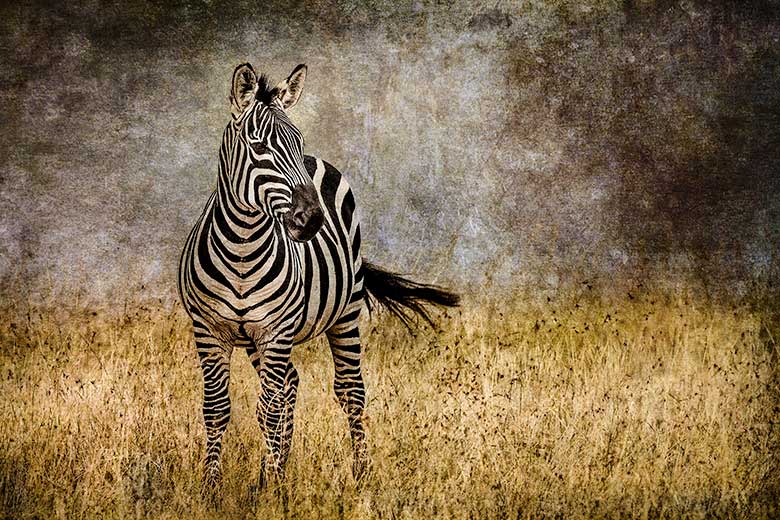
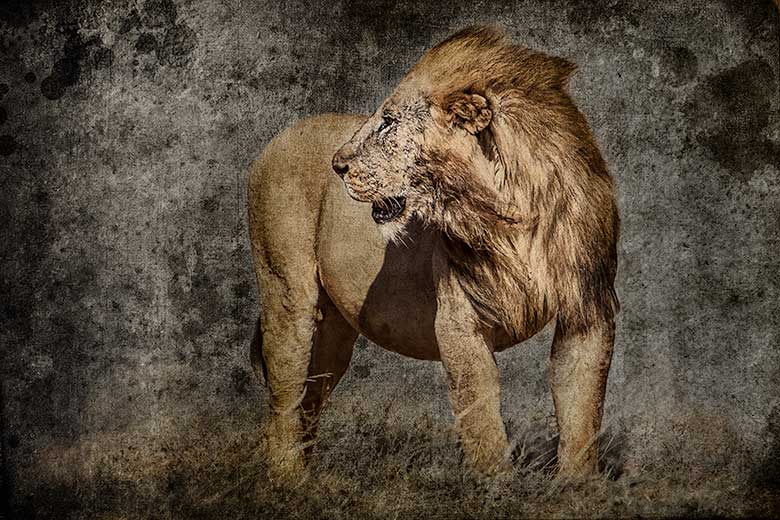
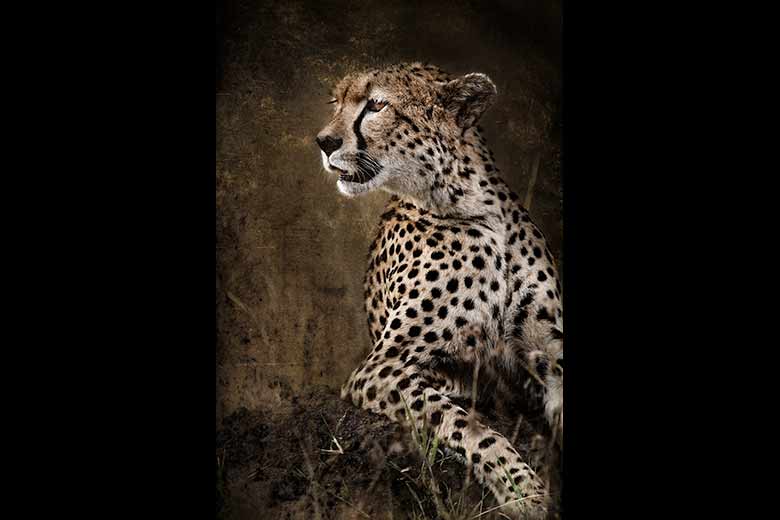





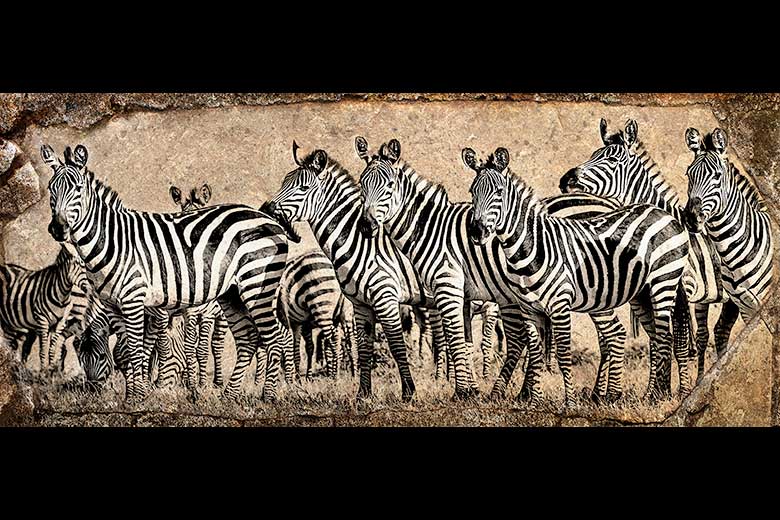

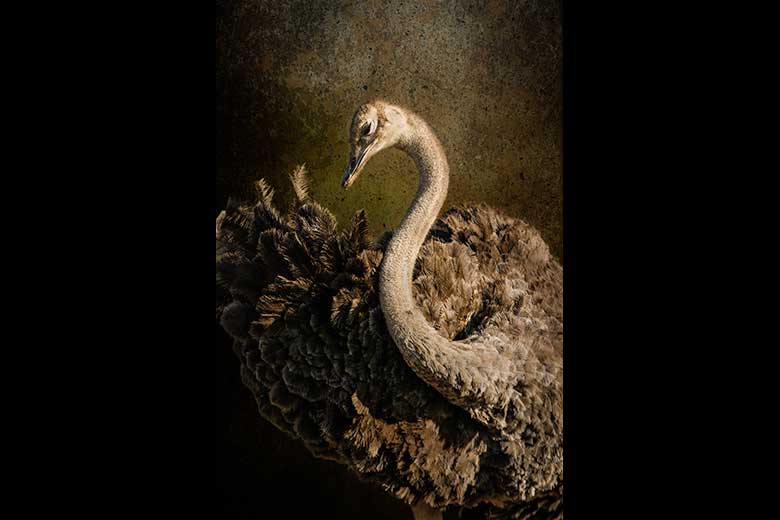
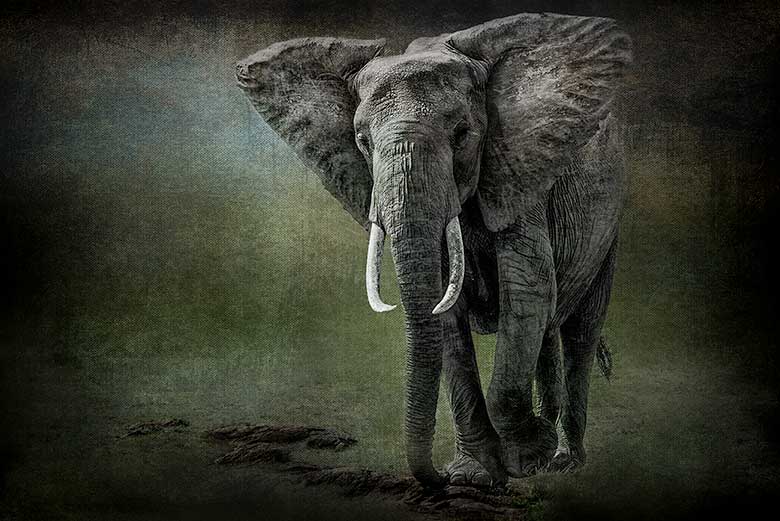

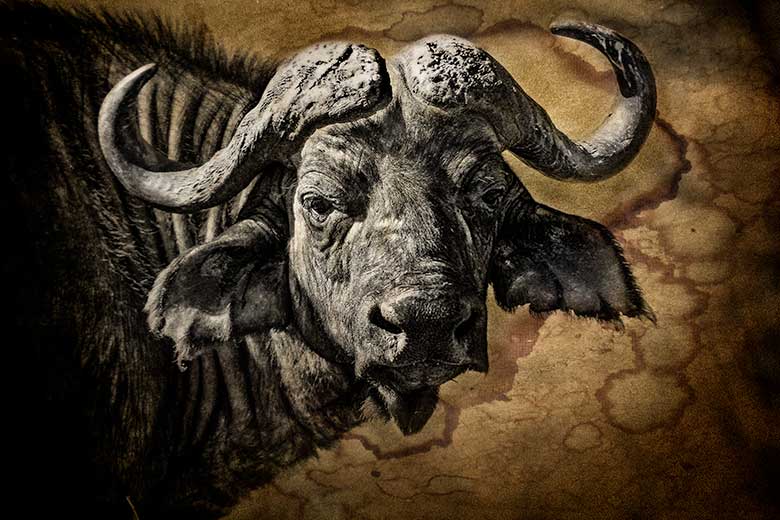
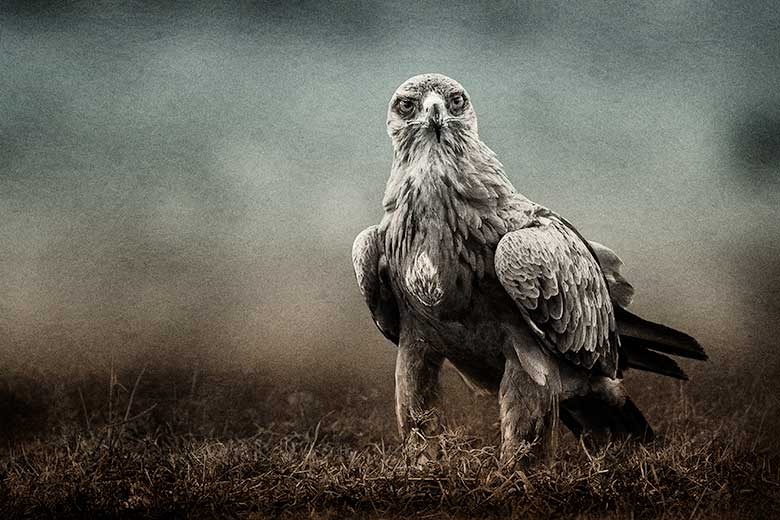
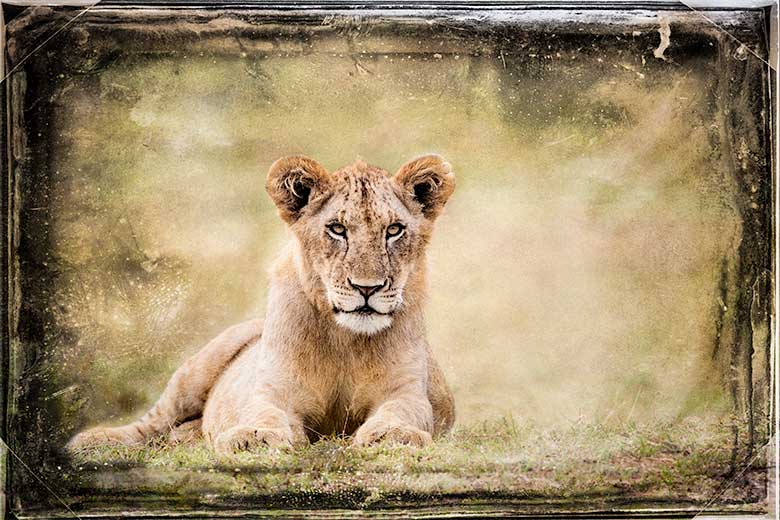


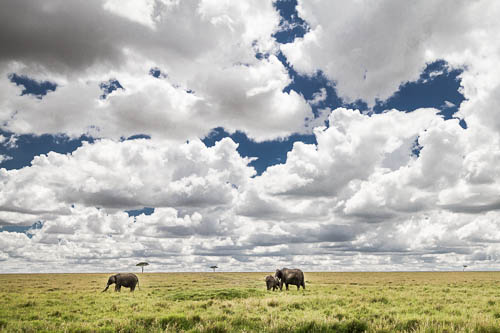



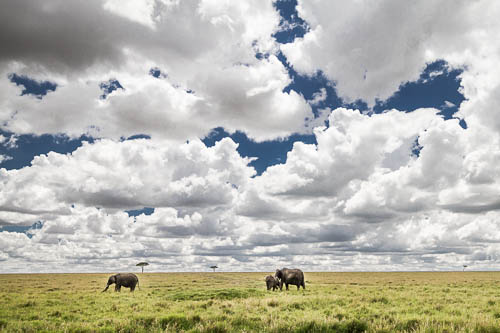
Leave a Reply